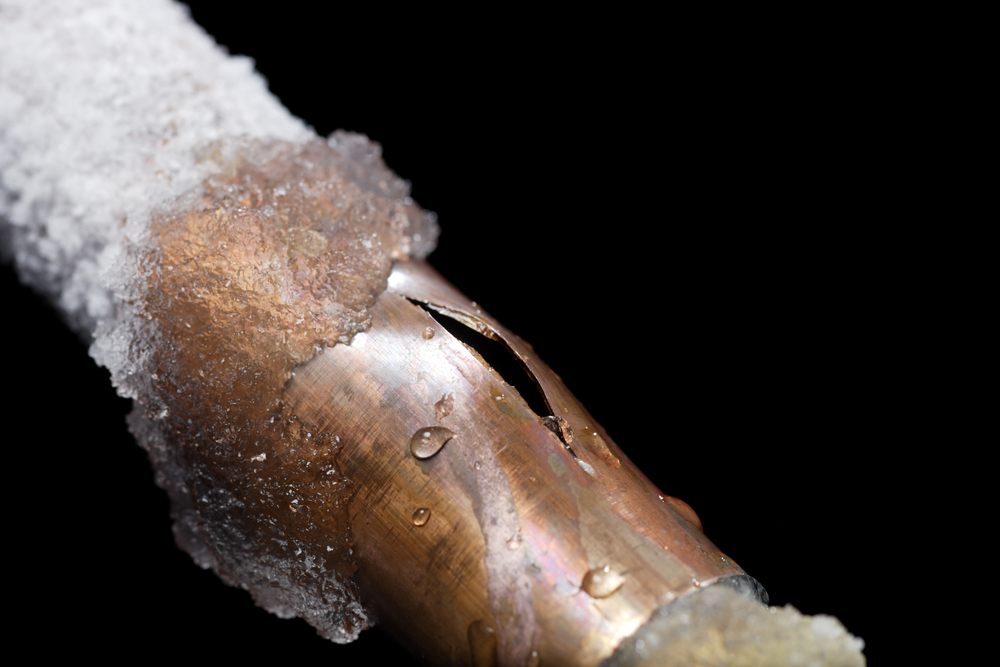This post in the next paragraphs about How to prepare your home plumbing for winter weather is pretty much interesting. Give it a go and make your own ideas.

Cold weather can wreak havoc on your pipes, specifically by freezing pipelines. Below's just how to stop it from taking place and what to do if it does.
Intro
As temperature levels decrease, the threat of frozen pipes rises, possibly resulting in expensive repair work and water damages. Comprehending how to stop frozen pipes is crucial for home owners in chilly environments.
Prevention Tips
Protecting at risk pipes
Cover pipes in insulation sleeves or utilize warmth tape to safeguard them from freezing temperature levels. Concentrate on pipelines in unheated or exterior areas of the home.
Heating methods
Maintain interior areas sufficiently heated, specifically areas with plumbing. Open cupboard doors to permit cozy air to distribute around pipelines under sinks.
How to recognize frozen pipes
Try to find lowered water circulation from taps, uncommon odors or noises from pipes, and visible frost on revealed pipes.
Long-Term Solutions
Structural adjustments
Think about rerouting pipelines away from exterior walls or unheated locations. Include additional insulation to attics, basements, and crawl spaces.
Upgrading insulation
Buy top quality insulation for pipes, attics, and wall surfaces. Appropriate insulation helps keep constant temperatures and reduces the threat of frozen pipelines.
Securing Outdoor Pipes
Garden tubes and outside taps
Detach and drain pipes garden pipes before winter months. Install frost-proof faucets or cover exterior faucets with shielded caps.
Understanding Frozen Pipes
What creates pipelines to freeze?
Pipes ice up when exposed to temperatures listed below 32 ° F (0 ° C) for extended durations. As water inside the pipes ices up, it broadens, putting pressure on the pipeline wall surfaces and possibly triggering them to rupture.
Risks and damages
Icy pipelines can lead to water interruptions, building damages, and costly repairs. Ruptured pipes can flooding homes and trigger substantial architectural damage.
Indications of Frozen Water Lines
Recognizing icy pipelines early can stop them from breaking.
What to Do If Your Pipes Freeze
Immediate actions to take
If you presume frozen pipelines, maintain taps open up to relieve stress as the ice thaws. Make use of a hairdryer or towels taken in hot water to thaw pipes slowly.
Verdict
Preventing frozen pipes needs positive actions and fast responses. By recognizing the causes, signs, and preventive measures, home owners can secure their plumbing during cold weather.
5 Ways to Prevent Frozen Pipes
Drain Outdoor Faucets and Disconnect Hoses
First, close the shut-off valve that controls the flow of water in the pipe to your outdoor faucet. Then, head outside to disconnect and drain your hose and open the outdoor faucet to allow the water to completely drain out of the line. Turn off the faucet when done. Finally, head back to the shut-off valve and drain the remaining water inside the pipe into a bucket or container. Additionally, if you have a home irrigation system, you should consider hiring an expert to clear the system of water each year.
Insulate Pipes
One of the best and most cost-effective methods for preventing frozen water pipes is to wrap your pipes with insulation. This is especially important for areas in your home that aren’t exposed to heat, such as an attic. We suggest using foam sleeves, which can typically be found at your local hardware store.
Keep Heat Running at 65
Your pipes are located inside your walls, and the temperature there is much colder than the rest of the house. To prevent your pipes from freezing, The Insurance Information Institute suggests that you keep your home heated to at least 65 degrees, even when traveling. You may want to invest in smart devices that can keep an eye on the temperature in your home while you’re away.
Leave Water Dripping
Moving water — even a small trickle — can prevent ice from forming inside your pipes. When freezing temps are imminent, start a drip of water from all faucets that serve exposed pipes. Leaving a few faucets running will also help relieve pressure inside the pipes and help prevent a rupture if the water inside freezes.
Open Cupboard Doors
Warm your kitchen and bathroom pipes by opening cupboards and vanities. You should also leave your interior doors ajar to help warm air circulate evenly throughout your home.

Do you like reading up on Prevent Frozen Pipes ? Leave a remark down below. We would be pleased to find out your insights about this blog posting. We hope that you come back again in the near future. Do you know about another person who is fascinated with the topic? Be sure promote it. I love reading our article about Prevent Frozen Pipes .
Click Here
Comments on “How to Protect Pipes from Cold Weather Issues: Essential Advice”